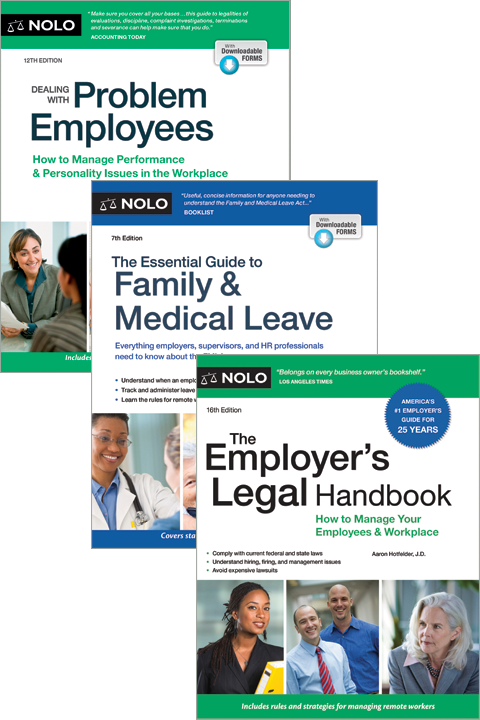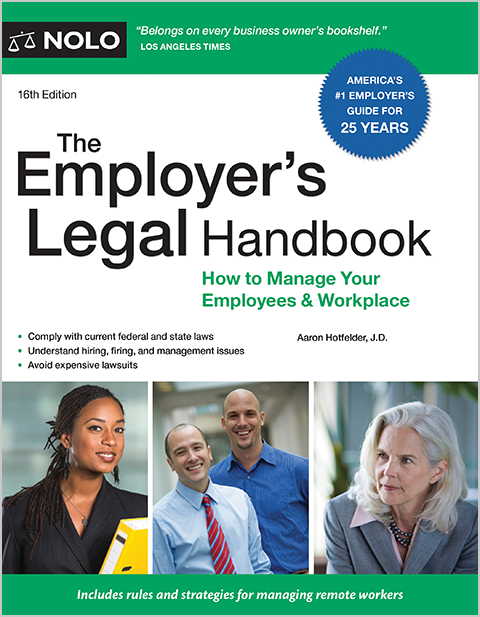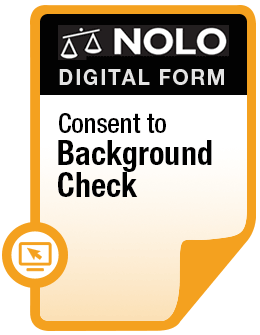Understand your rights if you're facing a plant closing or mass layoff in Texas, including notice rules, legal options, and possible penalties.
Unfortunately for employees, no law prohibits employers—including those in Texas—from closing a plant or laying off workers.
However, employees who lose their jobs may have some rights. For example, union members might have protections through their collective bargaining agreement, such as the right to apply for open positions across the company, to be considered first for rehire, or to bump less senior employees who have not been targeted for layoff.
In addition to any union rights, the federal Worker Adjustment and Retraining Notification (WARN) Act gives employees the right to advance notice of a plant closing or large-scale layoff.
Some states have their own versions of WARN (called "mini-WARN laws") that provide stronger protections, such as requiring continued health coverage or severance pay. Texas, however, does not. Employees in Texas are protected only by the federal WARN Act.
This article explains the rights of Texas employees under WARN and what to do if those rights are violated.
Layoffs and Plant Closings
WARN requires employers to provide notice only if a certain number or percentage of employees will lose their jobs in a mass layoff or plant closing.
- A plant closing occurs when an employer shuts down a single site of employment, or at least one operating unit or facility within a site, resulting in 50 or more full-time employees losing their jobs during any 30-day period.
- A mass layoff is a reduction in force resulting in job loss at a single employment site for either:
- 500 or more full-time employees, or
- 50 to 499 full-time employees, if that number makes up at least 33% of the employer's active workforce.
An employment site is one geographical location of an employer's operations, such as a building, an office suite, or a campus. Separate work spaces may be treated as one employment site if they are close together, serve the same purpose, and share staff or equipment.
Employer Coverage
Smaller employers are not subject to WARN. The law applies only to employers with at least 100 full-time employees, or at least 100 employees who work a combined 4,000 hours or more per week.
Employees count as full time only if they work at least 20 hours per week and have been employed for at least six of the 12 months before notice is required.
Notice Required
Covered employers must notify workers 60 days in advance of a mass layoff or plant closing.
Non-union workers receive direct notice. If the workforce is unionized, the employer must notify the union representative instead.
The notice must state whether layoffs are permanent or temporary, the date when layoffs will begin, and when termination letters will be issued.
WARN Exceptions
There are limited situations where employers may give less than 60 days' notice:
- Faltering company. Shorter notice is allowed if the company was actively seeking business or financing that could have avoided the closing and reasonably believed that giving notice would have prevented securing those funds. This applies only to plant closings.
- Natural disasters. Employers may give less notice if the closing or layoff is caused by a natural disaster such as a hurricane, flood, or tornado.
- Unforeseeable business circumstances. Employers may give less notice if the event was not reasonably foreseeable at the time notice should have been given.
- Strikes and lockouts. No notice is required when layoffs result directly from a labor strike or lockout.
- Temporary projects. No notice is required if employees were hired for a short-term project or at a temporary facility and were told at the time of hire that the job was temporary.
Even when relying on an exception, employers must give as much notice as possible and explain why the full 60 days could not be provided.
What Happens If WARN Rights Are Violated
The U.S. Department of Labor issues regulations and guidance on WARN, but it does not enforce the law. Employees must bring a lawsuit in federal court if their WARN rights are violated.
Workers who do not receive the required notice may recover damages for pay and benefits lost, up to the full 60-day notice period. This amount is reduced by any severance pay or wages the employer voluntarily provided. For example, if an employer gave only 22 days' notice before a layoff, employees would be entitled to 38 days of pay and benefits, unless severance covered that period.
Employees can also recover attorney fees if they win a WARN case. Because individual damages may be modest, many WARN cases proceed as class actions, with a group of affected employees suing together.
Example: WARN Rights in Action
Consider a Texas electronics plant with 350 workers. The company announced with two weeks' notice that it was shutting down permanently. Hundreds of employees were left without work or benefits.
Because the closure met WARN's definition of a plant closing, the company should have provided 60 days' notice.
The workers banded together and filed a class action in federal court. The case resulted in an award of back pay and benefits for the full 60-day period.
Next Steps for Texas Employees
If you believe your WARN rights have been violated, speak with an experienced Texas employment lawyer. An attorney can evaluate whether WARN applies, advise you on the strength of your claim, and represent you in federal court. Remember that attorney fees may be awarded if you win, making it more feasible to pursue your rights.



